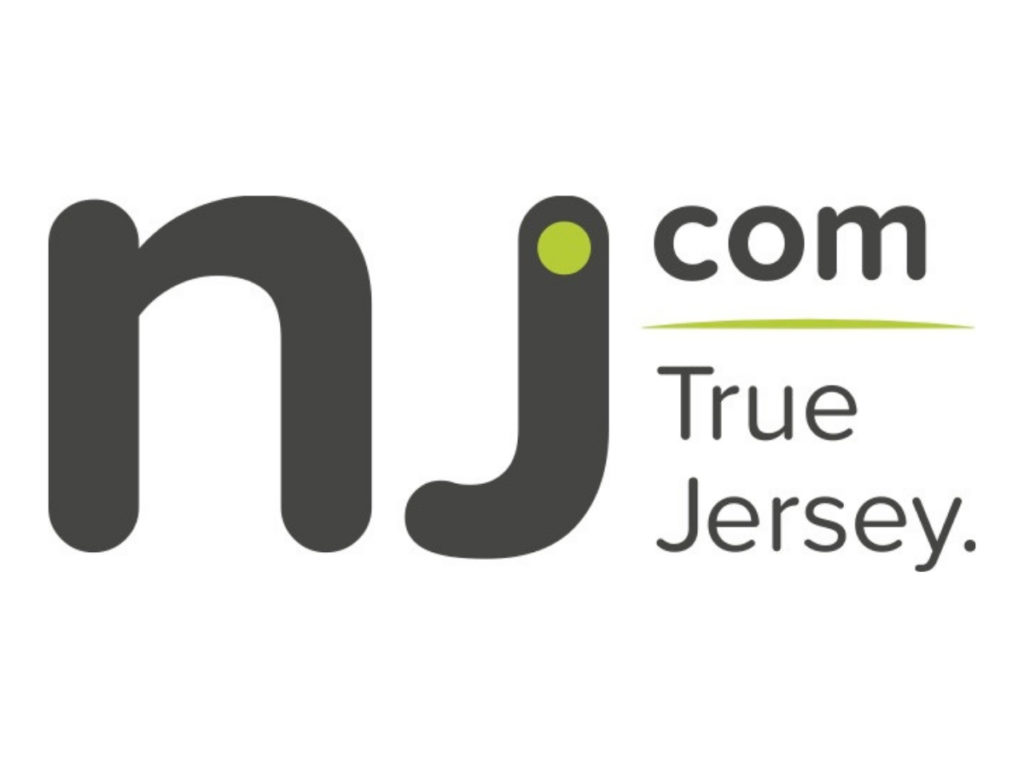By Jesse Margolis,
As Cory Booker campaigns for president, many are asking: have the schools in Newark improved since he was elected mayor in 2006? In a study my co-author Eli Groves and I released, we find the answer to be yes. Since 2006, public school students in Newark have made substantial gains along a number of measures – including test score performance, test score growth, and the high school graduation rate – though there remains significant room for continued improvement.
Compared to demographically similar cities and towns in New Jersey, Newark’s citywide ELA and math test scores in grades 3-8 have gone from being in the bottom 40 percent in 2006 to the top 25 percent in 2018. During that time, the share of Black students in Newark attending a school that beat the state test score average more than quadrupled, from 7 percent to 31 percent. The high school graduation rate has improved by 14 points since 2011, closing the gap with the state by 7 points.
While Newark’s strong and expanding charter sector – now enrolling a third of the city’s public school students – has been responsible for some of these gains, recent improvements in test scores and graduation rates at Newark’s district schools have also contributed. Against a backdrop of increasing enrollment, with the number of K-12 students in Newark citywide topping 50,000 in 2018 for the first time in at least two decades, these results are encouraging.
However, if one only reads the popular press, one might come away with the notion that school reform in Newark has been a failure. In February 2019, for example, U.S. News reported that reform efforts in Newark “flooded the city with charter schools but barely budged the student success barometer” and that Mark Zuckerberg’s $100 million gift in 2010, in particular, is “often characterized as a failure.”
The pervasive perception of Newark’s school reforms as a failure seems to have been generated, at least in some circles, by the publication of and reaction to Dale Russakoff’s 2014 New Yorker article (later turned into a book) on the Zuckerberg gift. While Russakoff’s article said little about the outcomes of Newark’s school reforms – it focused, rather, on the top-down way in which they were implemented – critics were quick to use it to brand the reforms a failure. Despite modest gains prior to the article’s 2014 publication and more impressive gains since, that label has proven hard to shake.
More scholarly critiques of the results of Newark’s school reform efforts have claimed that the magnitude of the gains is small. In reviewing a Harvard University study of Newark’s schools, which found statistically significant ELA test score value-added gains through 2016, Rutgers researchers Bruce Baker and Mark Weber write that the study finds “what can, at best, be described as isolated and small effect sizes.” Given the various gains we find in our study – math and ELA test scores, performance and growth measures, and the high school graduation rate – we don’t think Newark students’ gains would reasonably be described as “isolated.” A more difficult question is whether they should be considered small.
Compared to the lowest-income cities and towns in the state, Newark showed substantial gains between 2006 and 2018, with citywide test scores in grades 3-8 improving from the 39th percentile to the 78th percentile. Against the entire state, Newark’s gains have been less dramatic, with citywide test scores rising from the 4th to the 14th percentile over the past decade. While comparing to a statewide reference group shows how much work remains to be done, these gains are both real and meaningful.
Moreover, Newark’s charter sector has done well by almost any measure. When treated as their own district and compared to all other cities and towns in New Jersey, Newark’s charters have improved from the 14th to the 49th percentile in grade 3-8 ELA test scores between 2006 and 2008, with even larger gains in math. In 2018, for the first time, charter school students in Newark had a higher proficiency rate than students statewide in both math and ELA, and more than half of the Black students in Newark attending a charter were enrolled in a school that beat the state test score average in their grade.
In our study, we don’t claim that any particular reform, or collection of reforms, caused these gains. We don’t argue that Cory Booker’s election in 2006, Mark Zuckerberg’s gift in 2010, or Ras Baraka’s election in 2014 (and the policy changes that accompanied each) led to the improvements in Newark, though each may have contributed. We simply argue that these gains happened, they are real, and they are meaningful.
Where few Newark students in 2006 had hopes of attending a high performing school, a substantial and growing number now do. But there remains much work to be done. We hope the results presented in our study can provide a useful baseline against which to measure future progress as Newark regains full local control of its schools.
Jesse Margolis, Ph.D, works at MarGrady Research.

